Alaska’s Coastal Communities Face New Threat from Harmful Algal Blooms
In 2022, a research cruise identified a massive harmful algal bloom (HAB) in Alaska’s Bering Strait, posing a threat to the area’s unique marine ecosystem and coastal communities.
Utilizing advanced technology, scientists tracked the bloom in real-time and informed local authorities for timely action. This event highlighted the need for ongoing monitoring and research to protect the region’s ecosystems and livelihoods.
Record-Breaking Algal Bloom
The bloom, caused by Alexandrium catenella, stretched over 600 kilometers from the northern Bering Sea to the southern Chukchi Sea.
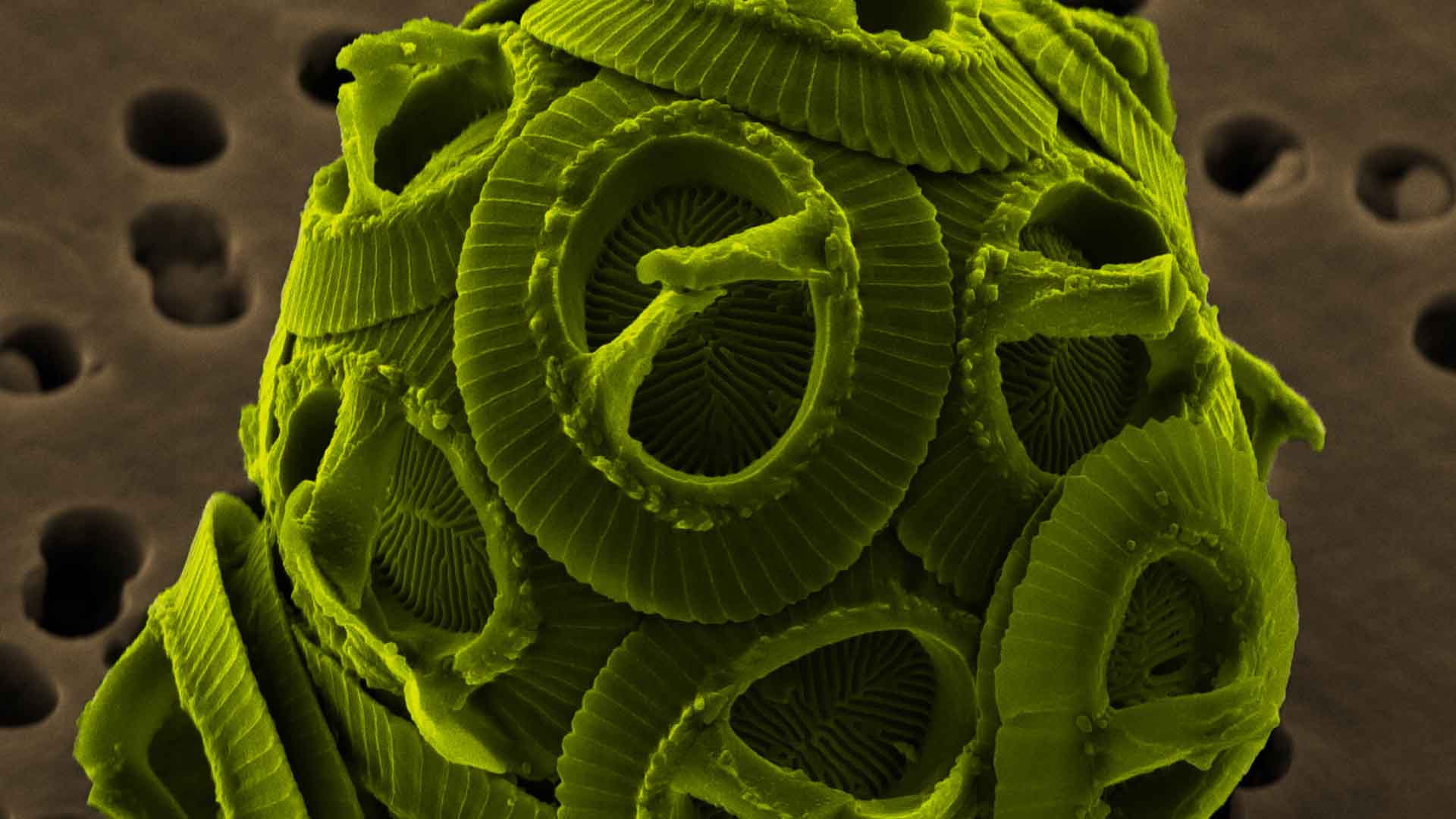
Source: NEON ja/Wikipedia
With cell concentrations reaching 174,000 cells per liter, this was the largest HAB event documented in polar waters, far exceeding the dangerous threshold of 1,000 cells per liter.
Impact of Alexandrium catenella
Alexandrium catenella produces paralytic shellfish toxins (PSTs) that can accumulate in marine organisms.

Source: Wikimedia
These toxins pose a risk to human health through the food web, potentially causing Paralytic Shellfish Poisoning (PSP) in those consuming contaminated seafood. The 2022 bloom’s high toxicity heightened this risk.
Technology Aiding Detection
Researchers utilized an Imaging FlowCytobot (IFCB), a robotic microscope, to sample near-surface waters.
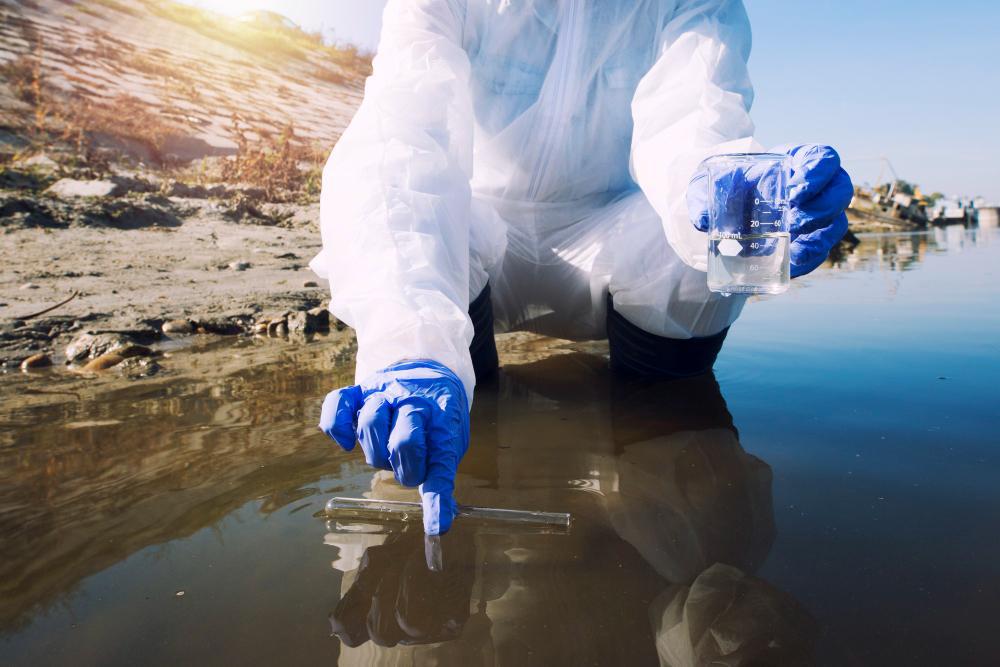
Source: Freepik
Researchers utilized an Imaging FlowCytobot (IFCB), a robotic microscope, to sample near-surface waters.
Collaborative Communication
In collaboration with tribal and state governments, researchers developed a proactive communications plan.

Source: Freepik
This plan ensured that remote coastal communities received timely advisories about the bloom’s risks, facilitating rapid situational awareness and public health precautions to protect residents.
Community Response
Gay Sheffield of Alaska Sea Grant highlighted the swift mobilization of health clinics and public awareness campaigns.

Source: National Cancer institute/Unsplash
Within 24 hours of the initial advisory, the tribally owned Norton Sound Health Corporation had its community-based clinics on alert for PSP symptoms, showcasing an effective community response.
Educational Outreach
Researchers provided educational materials and emergency response information to affected communities.

Source: nortonrx/Getty Images
On Little Diomede Island, located in the middle of the Bering Strait, residents received important advisories to avoid harvesting primary subsistence seafood like walruses, bearded seals, clams, and tunicates.
Monitoring and Adaptation
Lead author Evie Fachon emphasized the need for comprehensive monitoring and response resources.
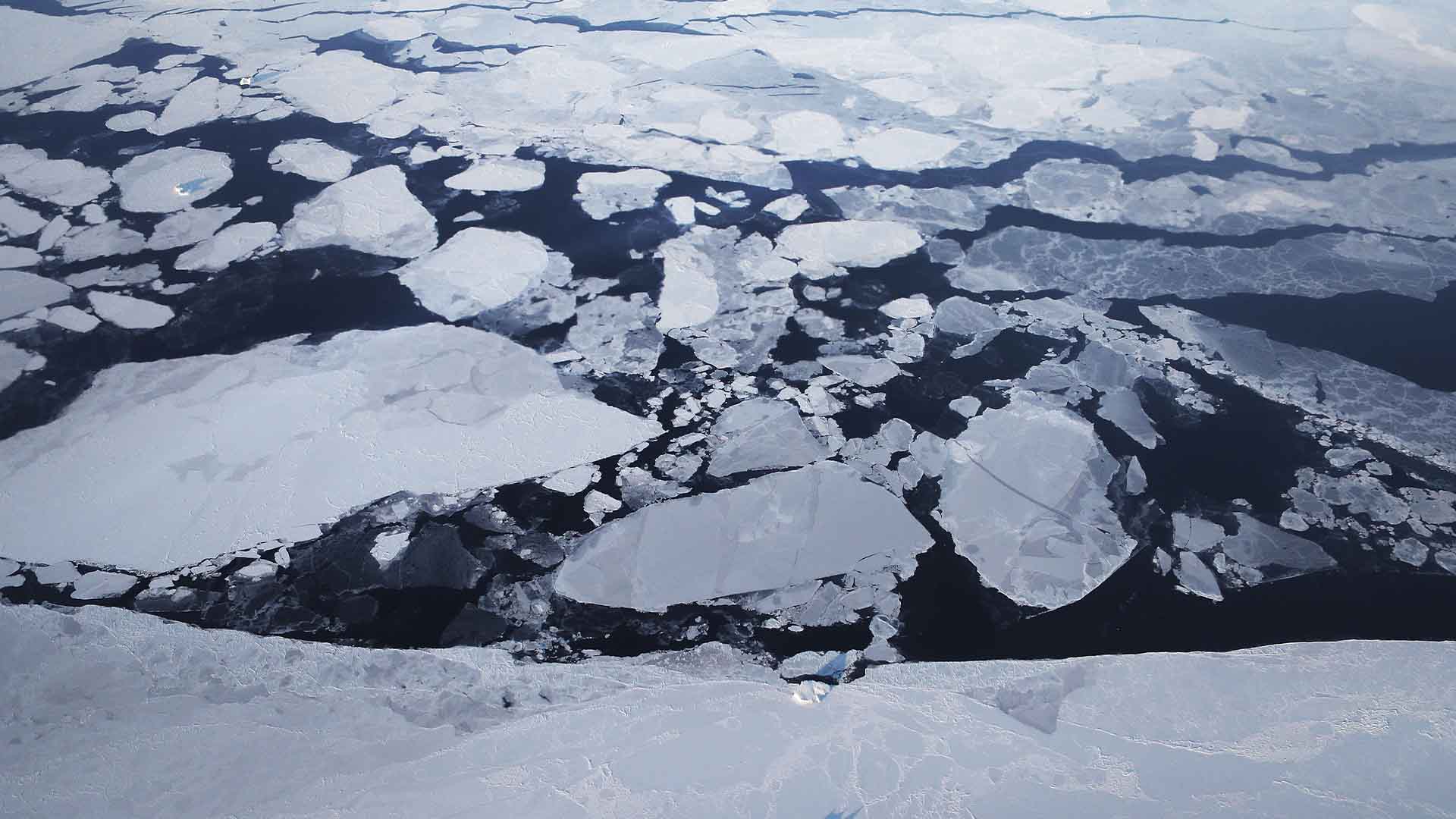
Source: Mario Tama/Getty Images
As the Arctic continues to warm, conditions may become even more favorable for HABs, making ongoing monitoring essential to mitigate future impacts and protect coastal communities.
Environmental and Health Impacts
The 2022 HAB event posed a threat to both marine wildlife and human health.

Source: Freepik
With many Alaskan coastal communities relying on marine resources for subsistence, the bloom’s impact on food safety and security underscored the need for continued vigilance and preparedness.
Collaborative Efforts
Collaboration between researchers and local communities proved vital in addressing the HAB threat.

Source: Cytonn Photography/Pexels
This partnership enabled effective communication and outreach, ensuring that residents were informed and prepared to respond to the bloom’s risks.
Climate Change and Future Blooms
As climate change continues to warm the Arctic, HABs like the 2022 event may become more frequent.
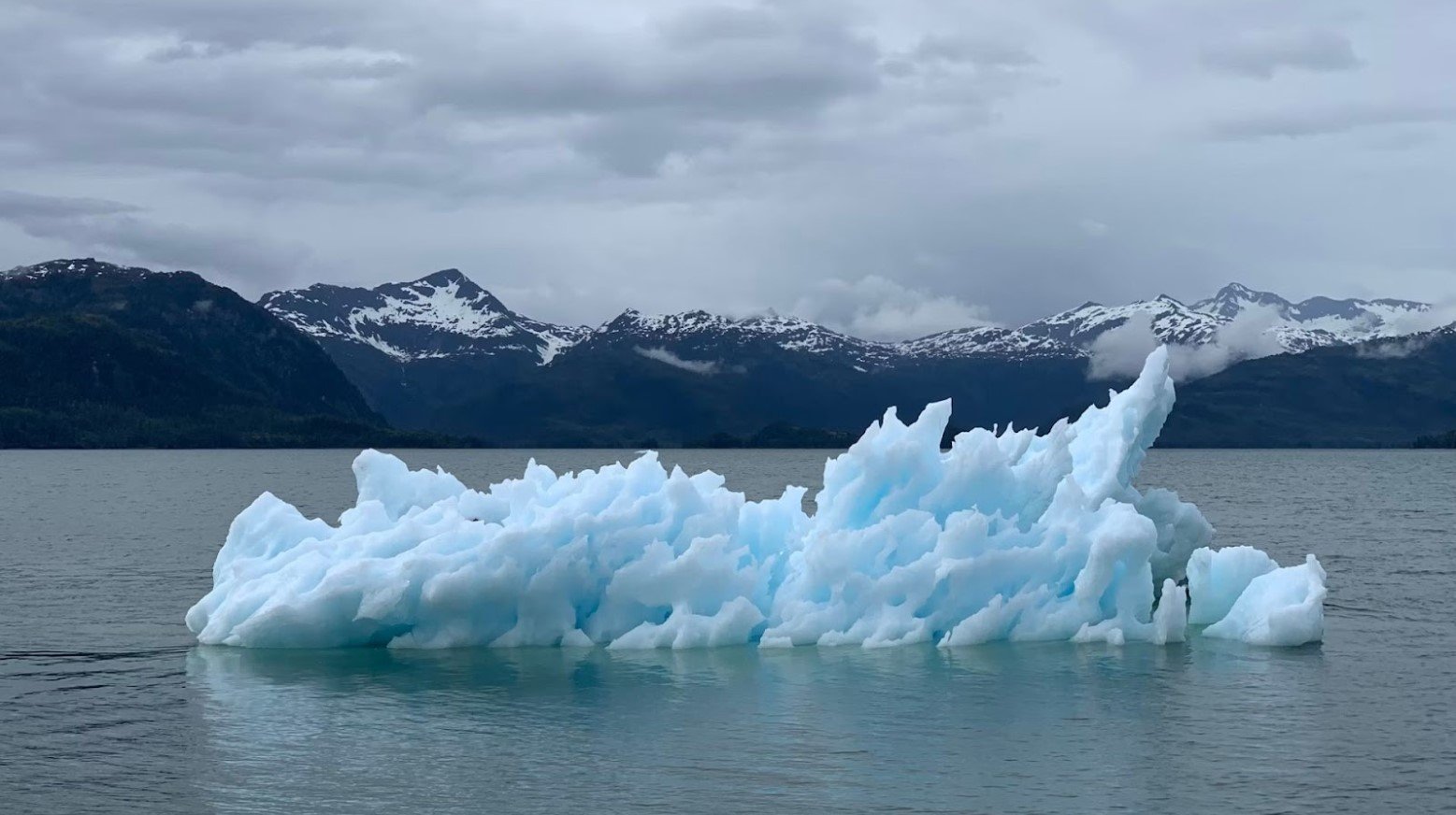
Source: Melissa Bradley/Unsplash
Researchers and communities must adapt to this new reality, using advanced technology and collaborative strategies to safeguard the region’s health and ecological well-being.
Real-Time Science in Action
Don Anderson from Woods Hole Oceanographic Institution (WHOI) emphasized the importance of real-time science in addressing environmental challenges.
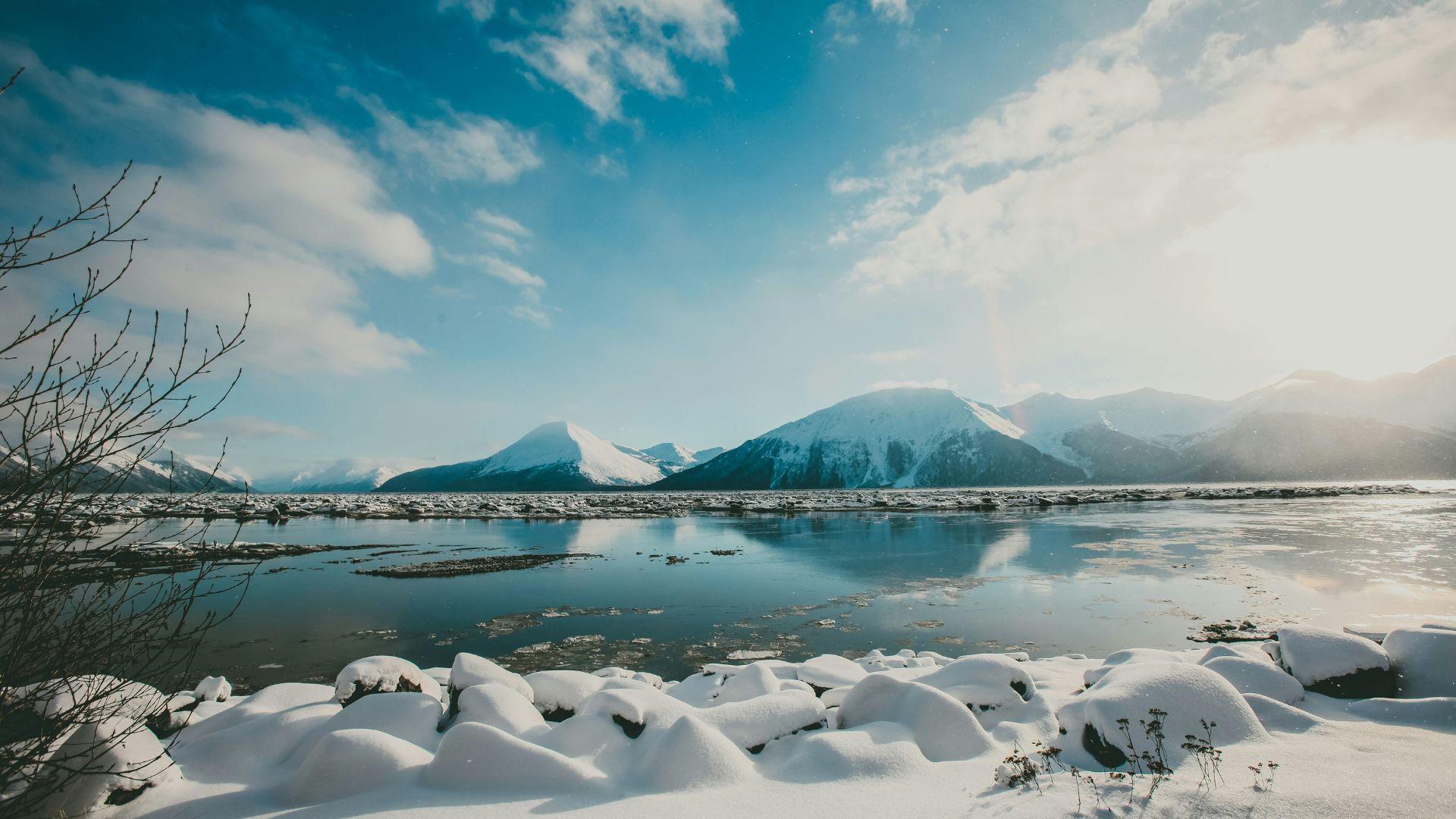
Source: Rod Long/Unsplash
The 2022 HAB event demonstrated how advanced detection tools and strong communication networks can protect remote communities from emerging threats in a changing climate.
